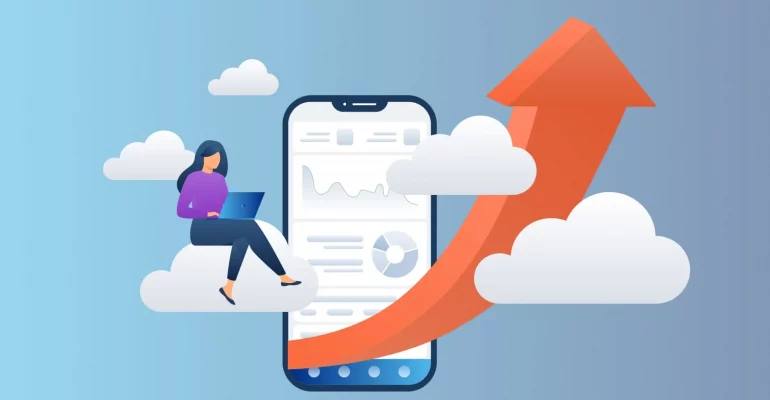App Modernization: A Game Changer for Financial Services

App Modernization: A Game Changer for Financial Services
App Modernization: A Game Changer for Financial Services
In the fast-evolving landscape of financial services, staying ahead of technological advancements is no longer optional—it’s essential for survival. Traditional financial institutions are facing increasing pressure from fintech startups, changing customer expectations, and regulatory demands. One solution that’s proving transformative for many organizations is app modernization.
What is App Modernization?
App modernization refers to updating legacy applications to align with modern IT environments, often by migrating them to the cloud, optimizing their architecture, or enhancing their functionality. This process helps businesses remain competitive, agile, and compliant with industry standards. In the financial sector, where the demand for fast, secure, and scalable services is paramount, app modernization can be a game changer.
Key Benefits of App Modernization in Financial Services
1. Enhanced Customer Experience
Today’s customers expect seamless, personalized, and secure interactions with their financial service providers. Whether it’s mobile banking, online transactions, or customer service, app modernization enables institutions to provide the fast, responsive, and intuitive digital experiences customers demand. Improved user interfaces, faster processing times, and secure, real-time data access are just a few of the enhancements modernization can bring.
2. Increased Agility and Scalability
The financial services industry is prone to sudden changes, whether due to economic shifts, regulatory updates, or market trends. Modern applications, particularly those based in the cloud, offer the flexibility to scale services quickly and adapt to these changes. This agility enables financial institutions to introduce new features, respond to customer needs, and stay ahead of competitors without undergoing significant system overhauls.
3. Cost Efficiency
Legacy systems are often costly to maintain, with outdated software, hardware, and IT infrastructure contributing to operational inefficiencies. App modernization can significantly reduce these costs. By moving to cloud-based architectures or implementing microservices, financial institutions can lower their operational expenses, minimize downtime, and allocate resources more effectively. This makes modernization a cost-efficient long-term investment.
4. Improved Security and Compliance
Cybersecurity is a critical concern for the financial industry. Legacy systems are often vulnerable to security threats, lacking the ability to easily integrate modern encryption, monitoring, and threat detection systems. By modernizing applications, financial institutions can bolster their security posture and ensure compliance with strict industry regulations like PCI DSS, GDPR, and others. Modernized systems can also help in responding to threats faster and more efficiently, reducing the risk of data breaches.
5. Seamless Integration with Fintech
The rise of fintech companies has dramatically disrupted the financial services industry, introducing innovations such as digital wallets, peer-to-peer lending, and blockchain-based solutions. To stay competitive, traditional financial institutions need to collaborate or integrate with these emerging technologies. Modern applications are built with interoperability in mind, enabling seamless integration with third-party APIs, fintech platforms, and other digital services, thus opening the door to new revenue streams and business models.
App Modernization Approaches
There are several approaches to app modernization, each with its own advantages depending on an institution’s specific needs:
- Rehosting (Lift and Shift): Moving legacy apps to the cloud without significant code changes. This is a quick and cost-effective method for organizations looking to scale and improve performance.
- Refactoring: Restructuring and optimizing the app’s code to improve performance or add cloud-native capabilities like microservices. This approach is ideal for institutions seeking greater flexibility and agility.
- Rebuilding: Involves developing the application from scratch, typically using modern frameworks and tools. This is a more extensive process but results in a future-proof application tailored to meet specific business goals.
The Future of Financial Services with App Modernization
As the financial industry continues to embrace digital transformation, app modernization will play a critical role in driving innovation. Institutions that prioritize this shift can look forward to a future where they are not just keeping pace with technology but leading the charge. From improved customer satisfaction to stronger security and better regulatory compliance, app modernization is set to redefine how financial services operate.
Conclusion
For financial institutions, the question is no longer if they should modernize their applications, but how quickly they can implement these changes to stay competitive. Partnering with a tech provider like us can simplify the process, delivering expert guidance and tailored solutions to ensure your financial services platform is future-ready. With the right strategy, app modernization can be a game changer, allowing you to meet evolving customer needs while staying secure, compliant, and profitable.
See how our Software Development Services can align with your app modernization goals.

